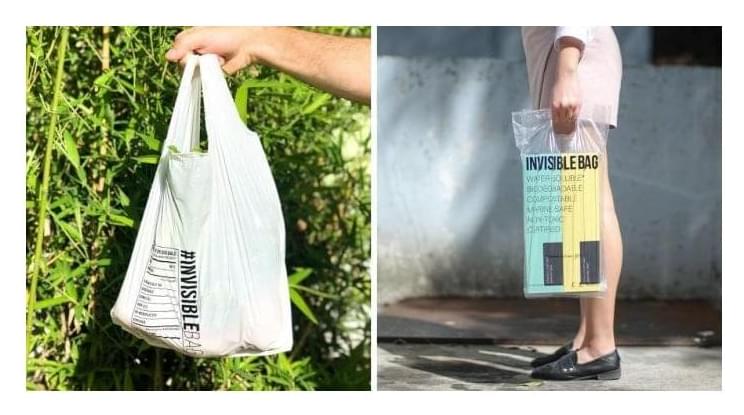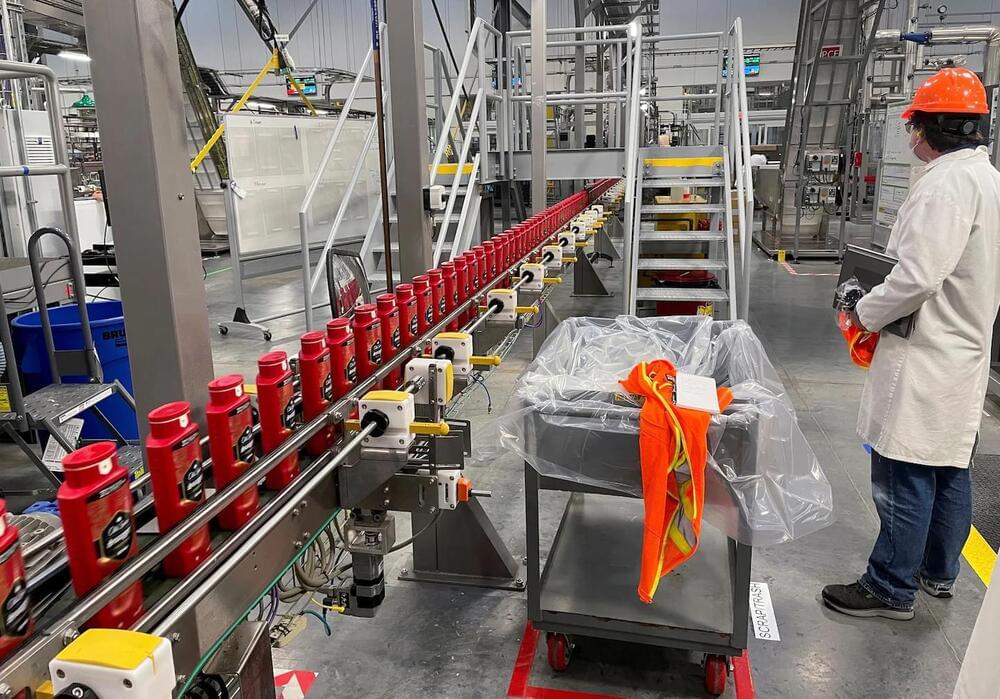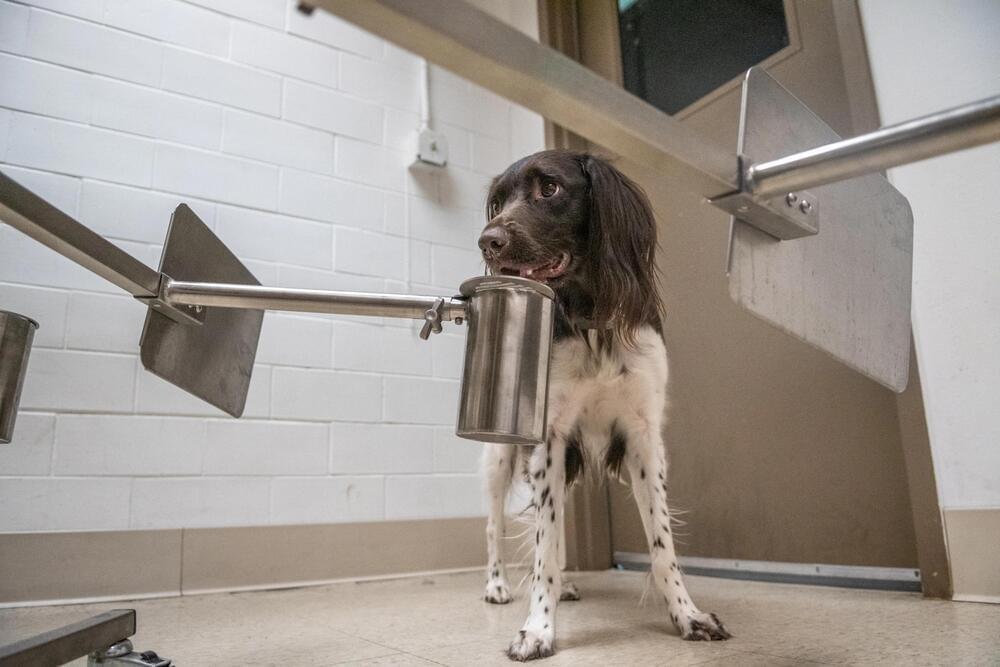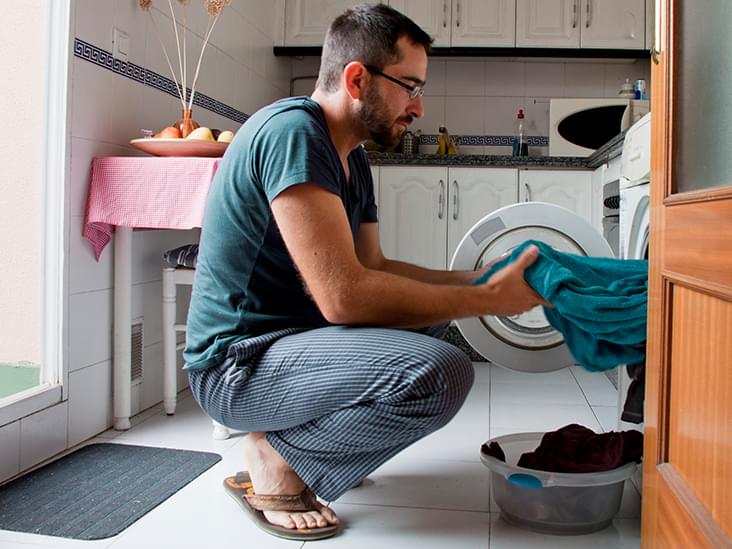Learn More.
Reuters.
Boston Dynamics’ humanoid robot, Atlas, has been showing off its new skill: parkour.
Boston Dynamics’ humanoid robot, Atlas, has been showing off its new skill, parkour or free running atop and over obstacles.


A Hong Kong start-up company has launched an eco-friendly plastic bag dubbed “Invisible Bag” which can easily dissolve in hot water (above 80 degrees Celsius). More importantly, its ingredients are non-toxic and will not cause harm to the environment.
It started by Devana Ng and her French husband Flavien Chaussegros, who are passionate about trail running. Last year, they saw the mountains full of plastic waste and decided to do their part for the planet by reducing the amount of waste. They founded Distinctive Action to promote sustainable and environmentally friendly products. The Invisible Bag is made of Polyvinyl Alcohol (known as PVA) together with plant-based starch, glycerin and water.
After soaking in water for a few minutes, the Invisible Bag will dissolve in hot water, which will turn milky white. However, it is environmentally safe, non-toxic, biodegradable, and leaves no microplastics behind, according to the Distinctive Action’s official website.

Economists have learned that new technological breakthroughs usually don’t cause a jump in productivity right away. The technology needs time to marinate so companies can test how best to deploy it in their industry. Brynjolfsson argues artificial intelligence and machine learning have now simmered long enough to make a dramatic difference. Others are not as convinced.
Rapid adoption of robots and artificial intelligence during the pandemic combined with a rebound in government investment is making some economists optimistic about a return of a 1990s economy with widespread benefits.

Summary: Researchers discuss different current neural network models and consider the steps that need to be taken to make them more realistic, and thus more useful, as possible.
Source: University of Plymouth.
Neuroscience is a field most obviously associated with medicine and/or psychology. However, my background in physics and computer science enables me to explore, and further understand, how the brain computes and stores information, identifying the underlying physical mechanisms and the interplay between them.


“You can run away from it.”
Tesla is working on autonomous humanoid robots to render labor unnecessary, according to Elon Musk. This was announced during the inaugural Tesla A.I. day.

As the disease swept the globe and scientists deployed tools such as polymerase chain reaction tests to detect the novel coronavirus in people, a team of researchers at the University of Pennsylvania’s School of Veterinary Medicine worked to determine if dogs could also be trained to find infections.
The proof-of-concept study, published in April in the journal PLOS ONE, showed that the virus has an odor that trained dogs can identify in urine and saliva. Now, the researchers—with the help of Tuuka, Griz, Toby, Rico, and Roxie—are examining whether canines can sniff out coronavirus’ scent in sweaty T-shirts.
If the dogs can accurately detect it on clothing, they could patrol places such as airports and stadiums to sniff out the virus in public settings.


SARS-CoV-2, the new coronavirus that causes COVID-19, is sensitive to high temperatures.
Research shows it can be quickly killed at 70°C (158°F). It’s possible that slightly lower temperatures may also be effective, but these require a longer exposure time.
Aside from laundry, there aren’t many temperature-related ways to safely and effectively kill the new coronavirus in your home. Additionally, some temperature-related methods can actually be harmful.